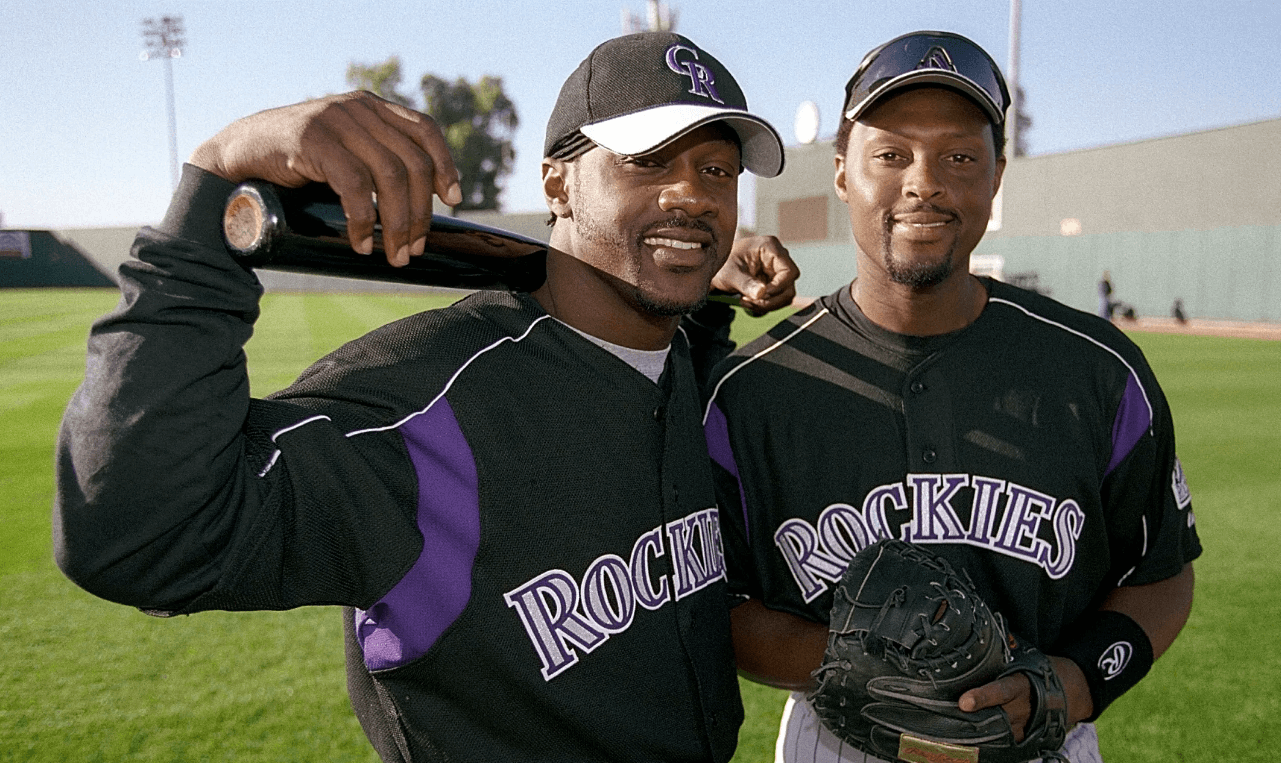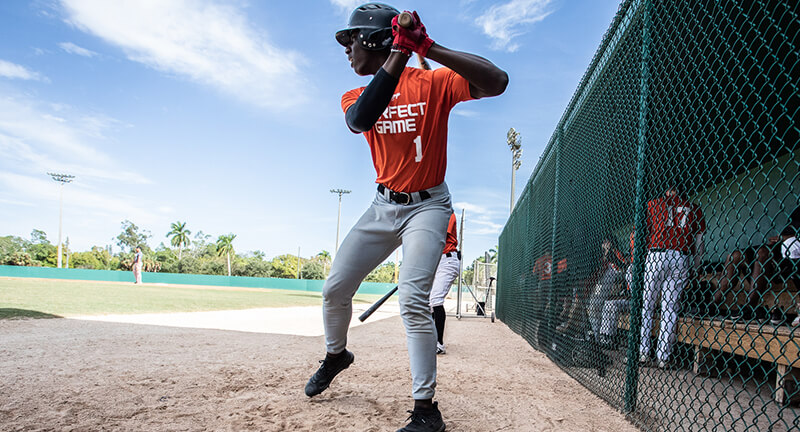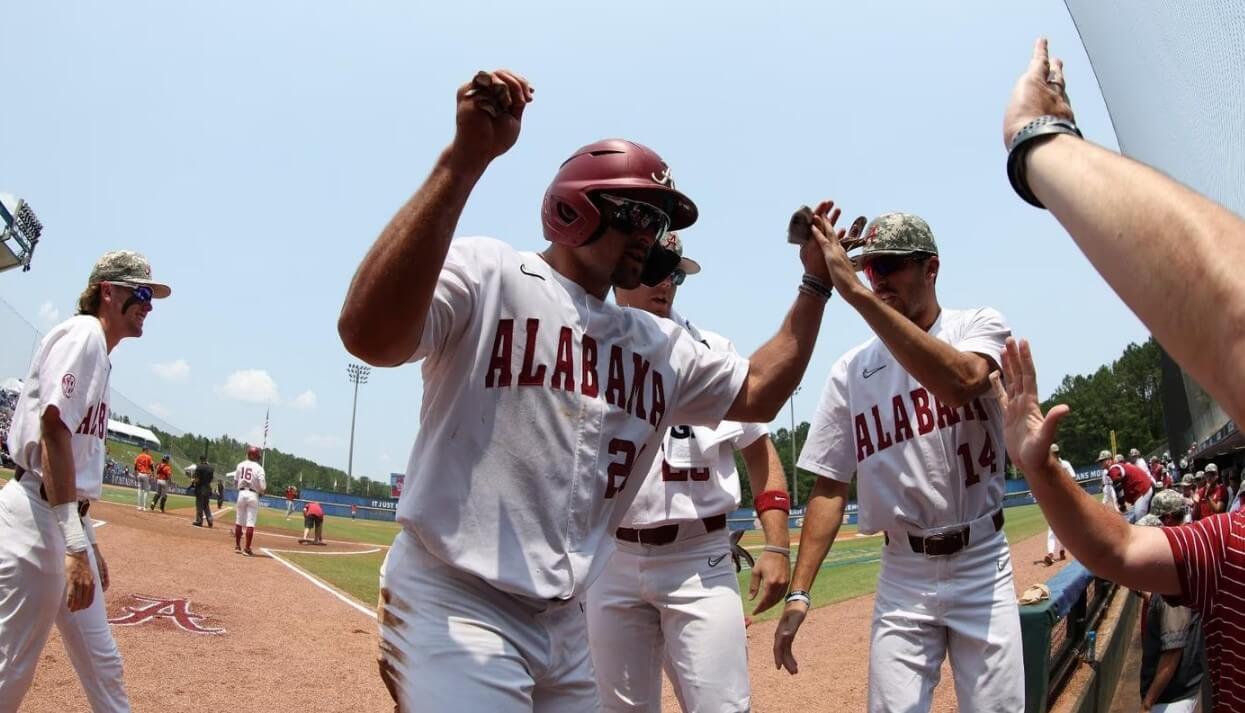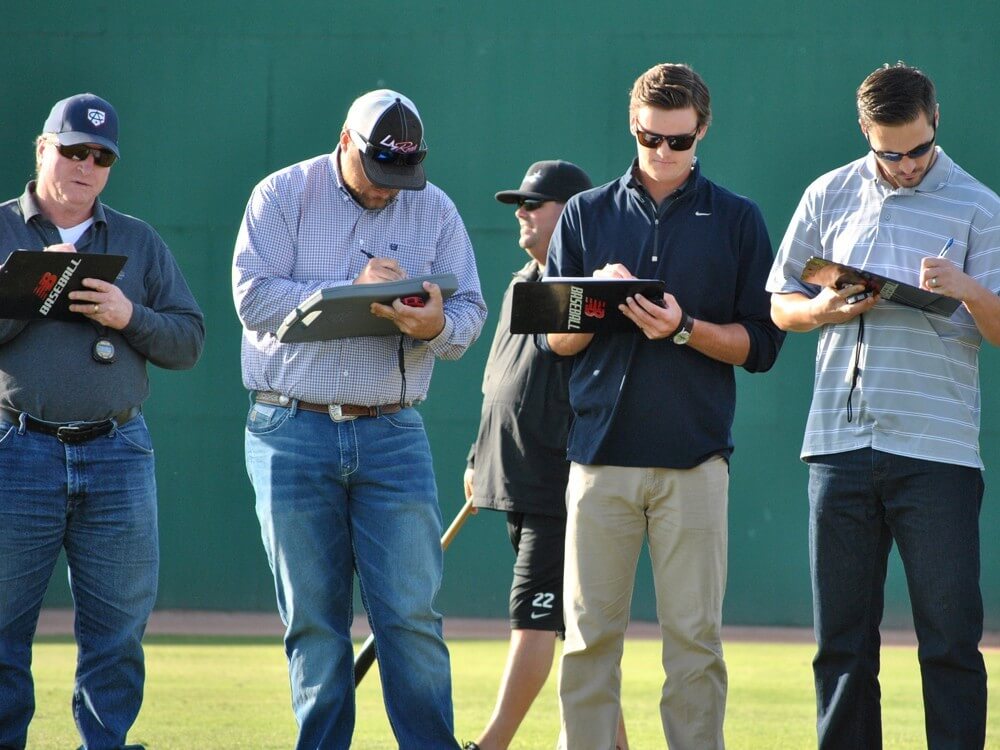Baseball scouts have a challenging job of evaluating high school players to determine who might have the skills and potential to play professionally. With so many factors to consider, scouts develop expertise in identifying athleticism, skills, mental makeup and statistics that indicate future baseball success. What scouts look for covers a range of attributes, both measurable and intangible. The most promising players demonstrate a mix of current ability and long-term potential. Scouts aim to forecast how players will develop and perform against increasingly elite competition.
An effective scouting report requires viewing players holistically. This involves weighing quantitative data alongside more subjective evaluations of character, work ethic, coachability and instincts for the game. When scouting high schoolers, scouts balance a player’s current polish against their projection for improvement. This overview examines the key qualities and indicators scouts evaluate when assessing top high school baseball talent.
Athleticism

Athleticism is one of the most important attributes that baseball scouts look for in high school players. This includes qualities like speed, strength, and coordination. Elite athleticism gives players a higher ceiling to develop their skills and abilities. Scouts want to see that players have the natural gifts to compete at higher levels as their bodies mature.
For speed, scouts monitor a player’s 60-yard dash time, which measures explosiveness out of the batter’s box or their ability to steal bases. Pure straight-line speed is valued, especially for outfielders. Strength refers to both core power and arm strength. Scouts look at a player’s exit velocity when hitting and throwing velocity across the infield. Overall body coordination shows up in smooth fielding actions and fluid throwing mechanics. The most athletic players demonstrate advanced abilities in all of these areas for their age.
Hitting Ability

Scouts look for several key attributes when evaluating a high school player’s hitting ability, including bat speed, power, and mechanics.
Bat speed refers to how quickly a player can swing the bat through the hitting zone. Elite bat speed allows hitters to wait longer before deciding to swing, giving them more time to judge the pitch. Players with very quick bat speed are also better equipped to catch up and square up fastballs.
Power relates to the hitter’s ability to drive the ball for extra bases. Scouts look at the player’s strength, swing plane, and ability to use their legs and core to determine their power potential. Overall athleticism also plays a role, as does the projection of how much stronger a player may get.
Hitting mechanics encompass elements like the stance, stride, bat path, and finish. An efficient, repeatable swing that keeps the bat in the zone for a long time is ideal. Scouts look for flaws that may need correcting at higher levels, as well as the adjustability of a player’s approach.
Arm Strength

Arm strength is one of the most important attributes baseball scouts look for in high school players, especially pitchers and outfielders. Scouts evaluate arm strength based on velocity, accuracy, and overall arm action.
Velocity refers to how fast a player can throw the ball. For pitchers, a fastball in the 90+ mph range will get scouts’ attention at the high school level. Outfielders with strong, accurate throwing arms are highly valued as well. Scouts use radar guns to precisely measure throwing velocity at showcases and tryouts.
Beyond pure velocity, scouts also look at accuracy and consistency of throws. Can the player hit their target on a line drive to home plate or from the outfield? Do they maintain proper throwing mechanics on each pitch? Consistently getting the ball to the desired location is crucial. Scouts make note of players with polished, repeatable arm actions.
The overall arm action involves multiple factors like arm slot, elbow positioning, shoulder rotation, and finish. An efficient, athletic throwing motion with no hitches or awkwardness is ideal. Scouts look for fluid, graceful arm actions that translate into power and precision on throws.
In summary, the three main criteria scouts use to evaluate arm strength are velocity, accuracy, and mechanics. Players who excel in all three categories have a significant advantage over their peers at the high school level. Developing elite arm strength takes dedication, but it can pay off tremendously for aspiring baseball stars.
Fielding

Fielding is a critical skill that scouts evaluate. They look for players with soft hands to cleanly field ground balls, fly balls, and line drives. Scouts also assess range, or how far a player can move laterally to field balls to their left and right. Good footwork, including shuffle steps and drop steps, allows players to properly get in line with the ball and field it cleanly. Players with good hands, range, and footwork are able to make difficult plays look routine.
Scouts want to see that infielders can cleanly field ground balls to their left, right, and directly at them, making accurate throws to the correct base. For outfielders, scouts evaluate their ability to track down fly balls and line drives in the gaps, taking good routes to the ball. Overall, scouts look for fielders who can consistently make plays on balls within their zones. Strong fielding demonstrates good athleticism, coordination, and baseball instincts.
Mental Makeup
Scouts look closely at a high school player’s mental makeup, including competitiveness, confidence, and coachability. The most successful players have a strong mental approach to the game that allows them to thrive under pressure. Competitiveness refers to a player’s desire to win and perform at a high level. The best players are intensely competitive and play to win every game. Confidence is also key – players need to believe in their abilities and not be shaken by adversity. At the same time, arrogance is frowned upon.
Coachability shows that a player can accept instruction and feedback from coaches in order to improve. The most successful players have a growth mindset and are always looking to get better. Overall, scouts look for players who have a mature demeanor and strong work ethic, show leadership qualities, and demonstrate the mental toughness to handle the challenges of the game. The “intangibles” of a player’s makeup often differentiate those who flourish from those who fail to reach their potential.
Leadership

Scouts look for players who demonstrate strong leadership qualities and intangibles like work ethic, character, and attitude. They want players who lead by example, encourage and motivate teammates, and exhibit mental toughness in the face of adversity. These types of players tend to have a more positive impact on the team overall.
A player’s makeup is closely evaluated through interviews with the player, coaches, and teammates. Scouts look for players who are coachable, competitive, confident, and composed. They want someone who displays maturity, poise, unselfishness, and grace under pressure. Bad attitudes, negativity, laziness, excuses, and selfishness are major red flags.
Ultimately, scouts are assessing if a player’s leadership, character, and commitment will enable him to maximize his abilities and contribute to the team’s success. The intangibles often differentiate between good prospects and great ones.
Potential vs. Polish
Scouts have to balance evaluating a player’s current abilities with projecting their future potential. As one scout explains, “We refer to a player’s present ability as his polish and his future potential as his ceiling. The evaluation comes down to the tradeoff between these two factors.”
Projectability is key – scouts look at a player’s athleticism, body type, mechanics, and attitude to gauge how much they are likely to improve with professional coaching and training. Players with a lot of projectability may be raw in high school but have immense upside.
On the other hand, some players are very polished and have developed advanced skills already, but may not have as much physical projection left. As the saying goes, “some players are already their own coaches.” While polish is impressive, scouts have to determine whether a player has already maxed out their abilities.
The ideal player has a combination of both high polish and high potential. But it’s a complex balance. Scouts have to make difficult judgment calls about current versus future ability and who is likely to develop further versus peak early.
Statistics and Measurables

When evaluating high school baseball players, scouts look closely at key statistics and measurable data points. Three areas they focus on are exit velocity, 60-yard dash time, and height/weight ratios.
Exit velocity measures the speed at which the ball comes off the bat after contact. Scouts use radar guns to track exit velocity, with higher speeds indicating better bat speed and power potential. Elite high school hitters can register exit velocities over 90 mph consistently.
The 60-yard dash tests speed and acceleration. Most high school players run the 60 in the 6.5-7.0 second range, with faster runners having higher value to scouts.
Height and weight allow scouts to evaluate a player’s current physical maturity and project their ability to get stronger. Ideal height for a high school position player is around 6’0″ to 6’2″ and 180-200 lbs, while pitchers tend to be taller, around 6’2″ to 6’4″. Players who are lighter can project to add muscle as they physically mature.
Conclusion
When evaluating high school baseball players, scouts look for many traits that indicate future potential at the college and professional levels. The most important characteristics include athleticism, hitting prowess, arm strength, fielding skills, leadership qualities, and overall mental makeup.
While statistics and measurables like speed and power are factors, scouts focus more on projectable tools that suggest upside with further development. They want to see glimpses of greatness rather than polished performances against mediocre competition.
In the end, scouts must determine if the player has the natural talent and work ethic to thrive against elite competition. The very best high school players demonstrate excellence across the board in terms of physical abilities, baseball skills, leadership, and mental approach. These well-rounded players offer the most intriguing long-term potential for colleges and MLB teams drafting amateur talent.








